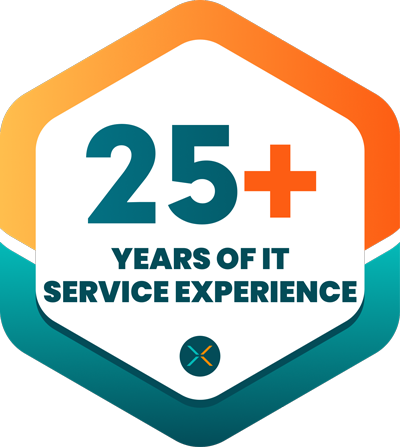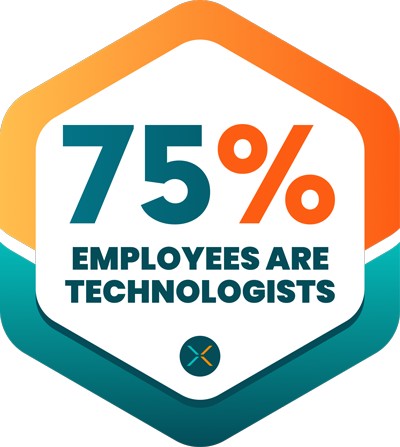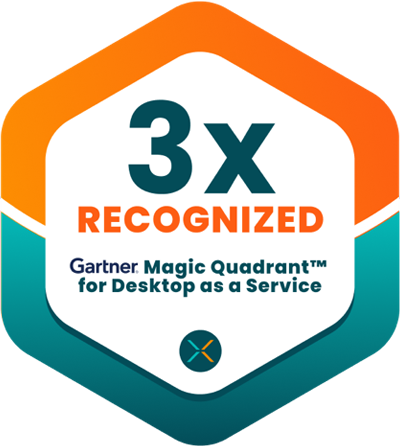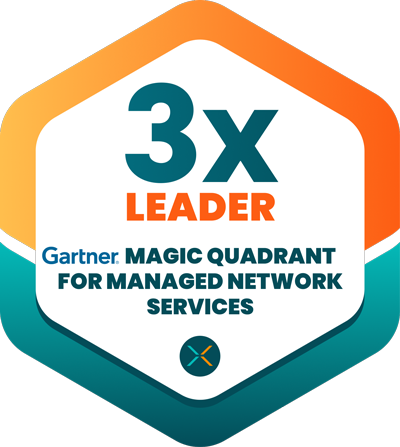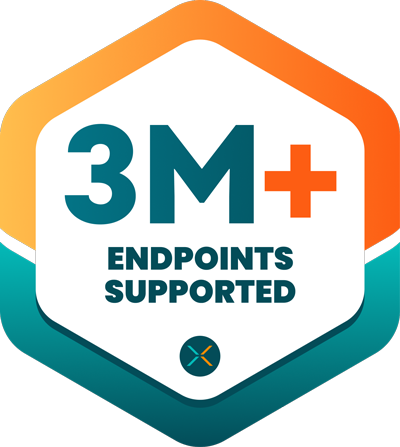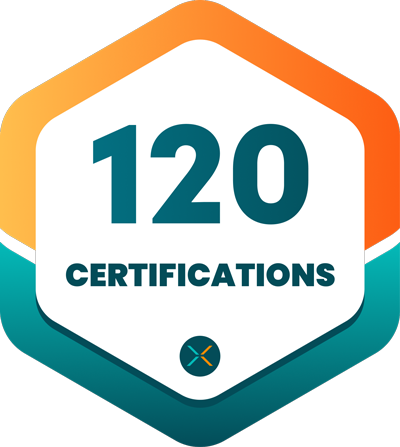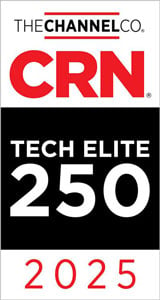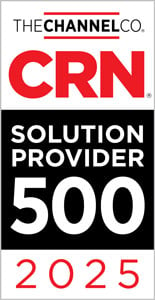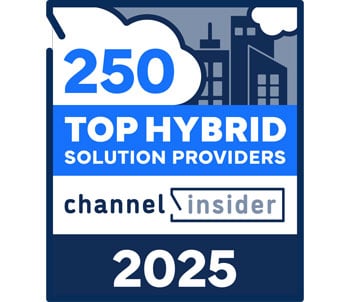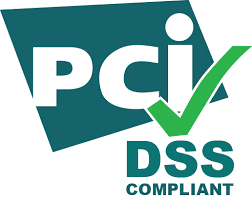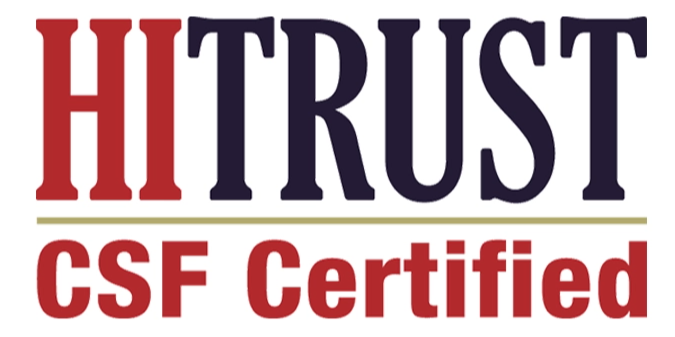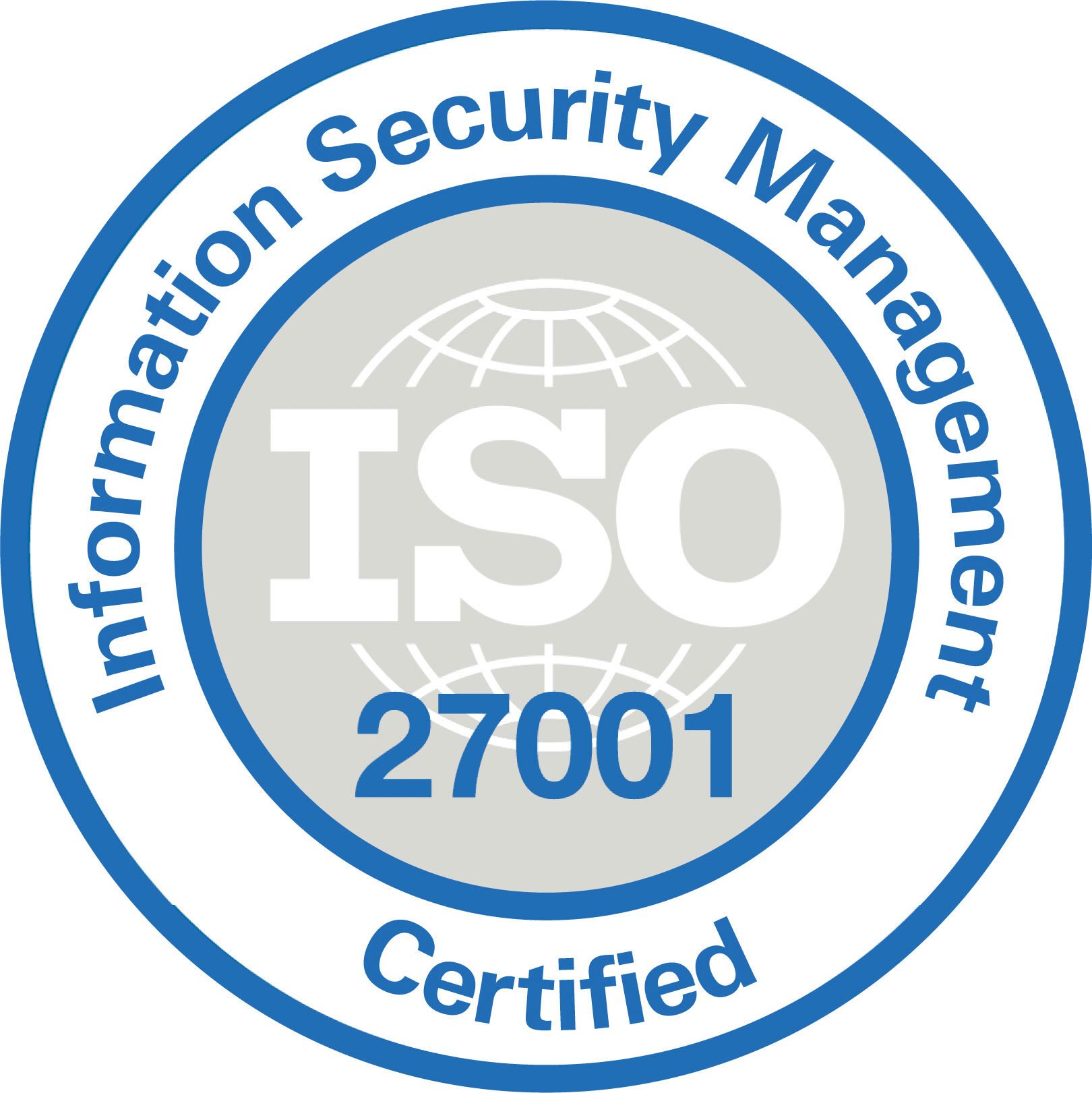Resource
Calculating The True Cost of DaaS

A strict ROI calculation doesn’t tell you everything about the costs related to DaaS. A laptop costs $1000 and lasts for a certain number of months, so a small business owner would divide the cost of the laptop by the months and compare that number to how much they are willing to pay for a DaaS subscription.
At first glance, this might make sense, but there are other costs associated with providing a laptop to employees. For example, the employer must ship the laptop, provide service updates, complete repairs, and reclaim assets from employee turnover.
Another factor that needs to be considered is security and the risks associated with having company data sitting on a local machine. Someone might leave their company laptop in the car, or walk away from their table at a coffee shop, and that company data is at a significantly higher risk without a managed DaaS solution in place.
Unreclaimed Assets
When it comes to unreclaimed assets associated with employee turnover, having a DaaS solution in place provides additional security and cost benefits. Companies must account for tens of thousands of dollars lost when looking for the 27% turnover rate in 2023 and approximately 10% rate of unreclaimed assets.
Taking this a step further, in the healthcare industry, the rate of unreclaimed assets increases to 20%. Considering not only the costs associated with this but also the security implications related to releasing personal health information (PHI) and personally identifiable information (PII).
By employing a managed DaaS solution, companies ensure their data doesn’t live on the laptops that aren’t reclaimed.
DaaS saves time and reduces device costs, datacenter costs, support costs as well as other unexpected and upfront infrastructure costs.
Cost of Security Breaches
According to a report by IBM, the average cost of a data breach in 2022 was $4.35 million and the average cost of a ransomware attack was $4.54 million (not including the cost of the ransom itself).
Consider some additional statistics:
Security Intelligence reports that Ransomware attacks grew by 41% in 2022.
According to Security Magazine, there are over 2,200 attacks each day
Employing a managed DaaS solution adds another layer of security that a traditional desktop doesn’t provide.
With DaaS, the company’s data lives in the cloud and never leaves the data center. This reduces the worry of sensitive information being compromised due to lost or stolen devices.
What are the Real Costs Associated With Managed DaaS?
When calculating the actual costs associated with managed DaaS, it’s important to account for subscription costs, network infrastructure costs, and hardware costs. Subscription costs can be monthly or annually depending on the service, while the network infrastructure costs can require upfront investments in network upgrades for improved security and bandwidth.
Businesses often forget to consider the hardware costs when investing in managed DaaS. Even though DaaS is based primarily on cloud computing solutions, the hardware has to be capable of accessing virtual desktops. Because of this, businesses might have to invest in new hardware or upgrade their existing laptops.
False Beliefs Related to Managed DaaS Costs
It’s important to acknowledge the true costs of DaaS before moving forward with investing in this solution, but it’s also critical to debunk false beliefs related to costs. For example, one false belief is that DaaS is always more expensive than traditional desktops. This is an inaccurate assumption; in the long run, companies that invest in managed DaaS eliminate the need to maintain their physical desktops, which represents a cost savings.
Another myth related to DaaS is that managed solutions always require a significant upfront investment. Cloud-based solutions allow companies to start with a small number of users and scale up as needed. This pay-as-you-go pricing model means that businesses of all sizes can invest in a managed DaaS with a lower barrier to entry.
Ultimately, understanding the value of DaaS in relation to the true costs is what drives businesses to take the next step toward a managed DaaS solution.
Key Takeaways
When understanding the value of DaaS, companies can’t do a strict ROI calculation
The value of XTIUM and the hyper scalers includes not only scaling up and down but extensibility for APIs and more customizations
Understanding the Value of DaaS
The ability to scale up and scale down as needed in terms of technology is invaluable for a business, which makes it difficult to calculate a standard ROI for DaaS. In addition, XTIUM offers extensibility for APIs so that companies can embed their provisioning systems into our offerings. The fact is when clients understand the full value of DaaS, and in particular managed DaaS, the cost argument goes away.
Industry-recognized and certified to support your IT needs
Trusted by 1,700+ mid-size and enterprise companies, we operate as an extension of your team—solving problems with urgency and accountability so you can focus on strategy, not firefighting. We are not just another MSP. We're your force multiplier that bring proven frameworks and real-world experience to help you secure, scale and streamline operations with fewer resources. Stop juggling vendors. Stop fighting uphill battles. Work with an IT partner who gets IT.
